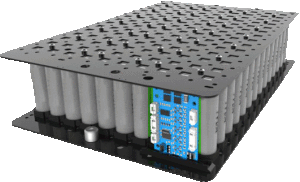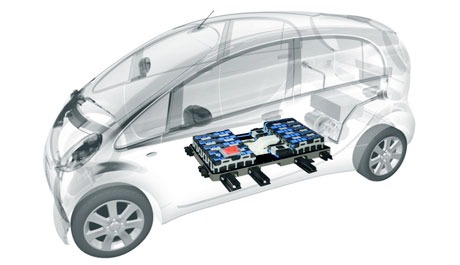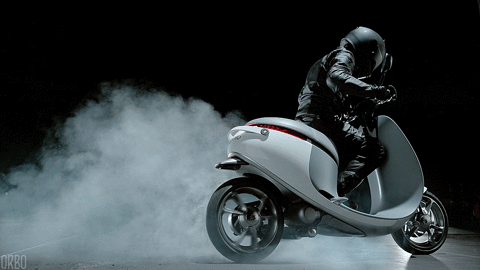ENERGY BMS

(Battery Management System) is an electronic system which allows you to monitor the charge and sometimes discharge of the cells that make up a battery. It is an essential component which guarantees optimum safety as well as good battery life. In order to optimise the battery’s capacity and to prevent under-voltage and overvoltage, the BMS makes sure that the cells are balanced amongst themselves. There are two types of BMS, passive (dissipative) and active (non-dissipative).
Our BMS Solutions in
INDUSTRIAL BMS

- Cleaning machines
- Forklifts
- Cranes and lifts
- Accessory drives
- Robots
- Industrial drones
- Trains
AUTOMOTIV BMS

- Buses
- Trucks
- Sports cars
- Passenger cars
- Motor bikes
- Utility vehicles
LIGHT EV BMS

- Scooters
- 3-wheelers
- Golf cars
- Park and garden
Our Battery Management System
Dissipative systems use heat dispersion (resistors) to correct the difference in the state of charge of the cells and equalise their energy levels. This system is a lot less expensive than the active system as the latter uses more electronic components to balance the cells.
Simply put, with the passive system, when the cell is completely charged, the excess energy is dissipated using the Joule effect via a set of resistors. This allows the other cells to get to the same level and balance out. The limitation of this process is in that it is linked to a low balancing current, which, in the case of severe imbalance, will make it impossible to restore all of the cells to the same level. During a technical review, it is necessary to ensure that the BMS is well ventilated in order to correctly release the excess heat. For active devices, the energy is redistributed between the cells. In comparison to the dissipative system, which can consume a lot of energy, all of the energy supplied is reused and this allows for much higher balancing currents.
ARK Lithium Battery Management System
The battery management system helps to:
- lower the costs of oversizing
- reduce its weight and form factor
- reduce the charge time
- prolong the battery life
- increase reliability
- improve safety and security
This cutting edge management system offers a plug-and-play functionality making it really easy to use. With applications ranging from light commercial and electric vehicles to renewable energy storage systems, this active balancing system makes it possible to increase the battery�s life by up to 30% offering multiple advantages throughout the battery value chain.
The strong balancing currents (up to 25 times stronger) which are far superior to conventional systems allow for efficient balancing during the charge and discharge stages of the battery�s cycle. This results in:
- Optimum performance over time
- Fewer winter and storage problems
- Increased safety
- Usage statistics (conditions of use, charge cycle data, warning logs and more).
It has a unique modular system structure for the most efficient balancing possible. This patented system makes it possible to configure batteries from 12 volts to over 600 volts without compromising on the balancing output. Since the energy is not always transferred between two adjacent cells, this unique modular design is crucial in order for the balancing to be truly efficient because it can bypass adjacent cells to supply energy to �weak� cells wherever they are.
Here are a few examples of the features available with our BMS:
- State of health
- State of charge
- Depth of discharge
- Number of cycles completed
- Total energy since first use
- External communication protocols.
Usual protection features:
- Over-voltage cut off
- Under-voltage cut off
- Overload
- Overheating
